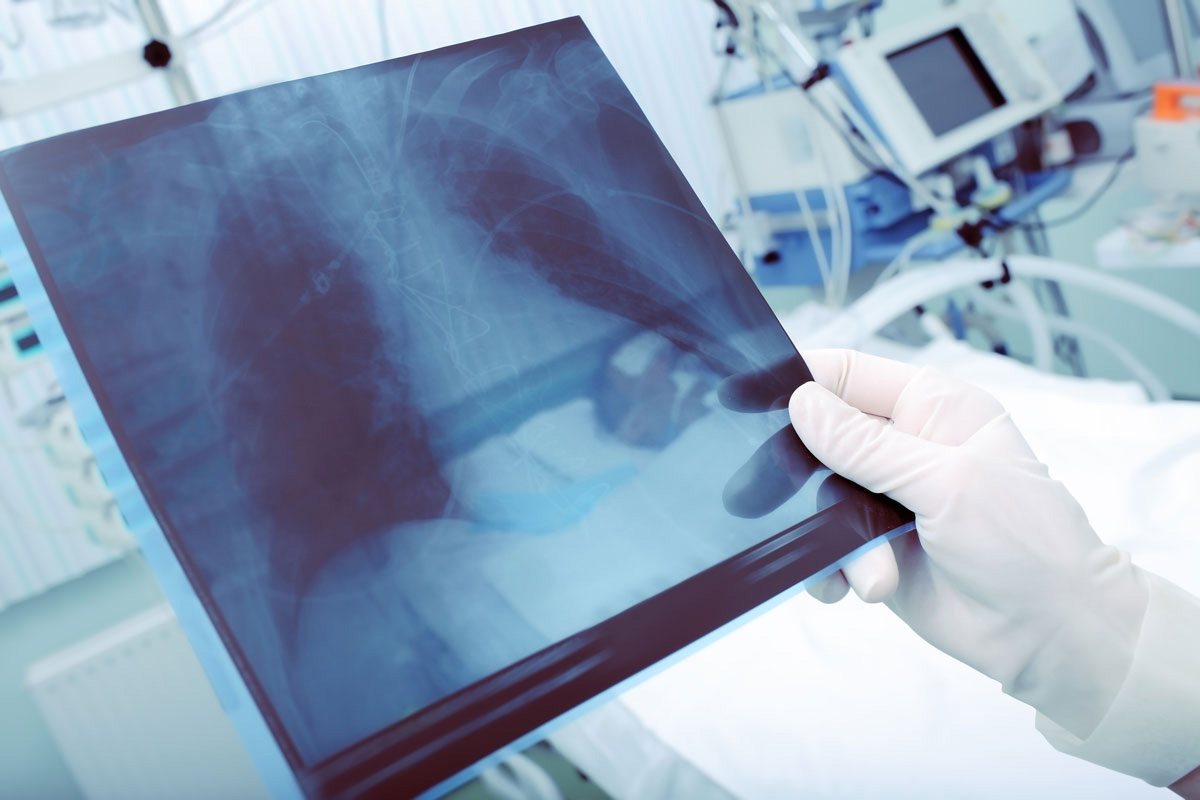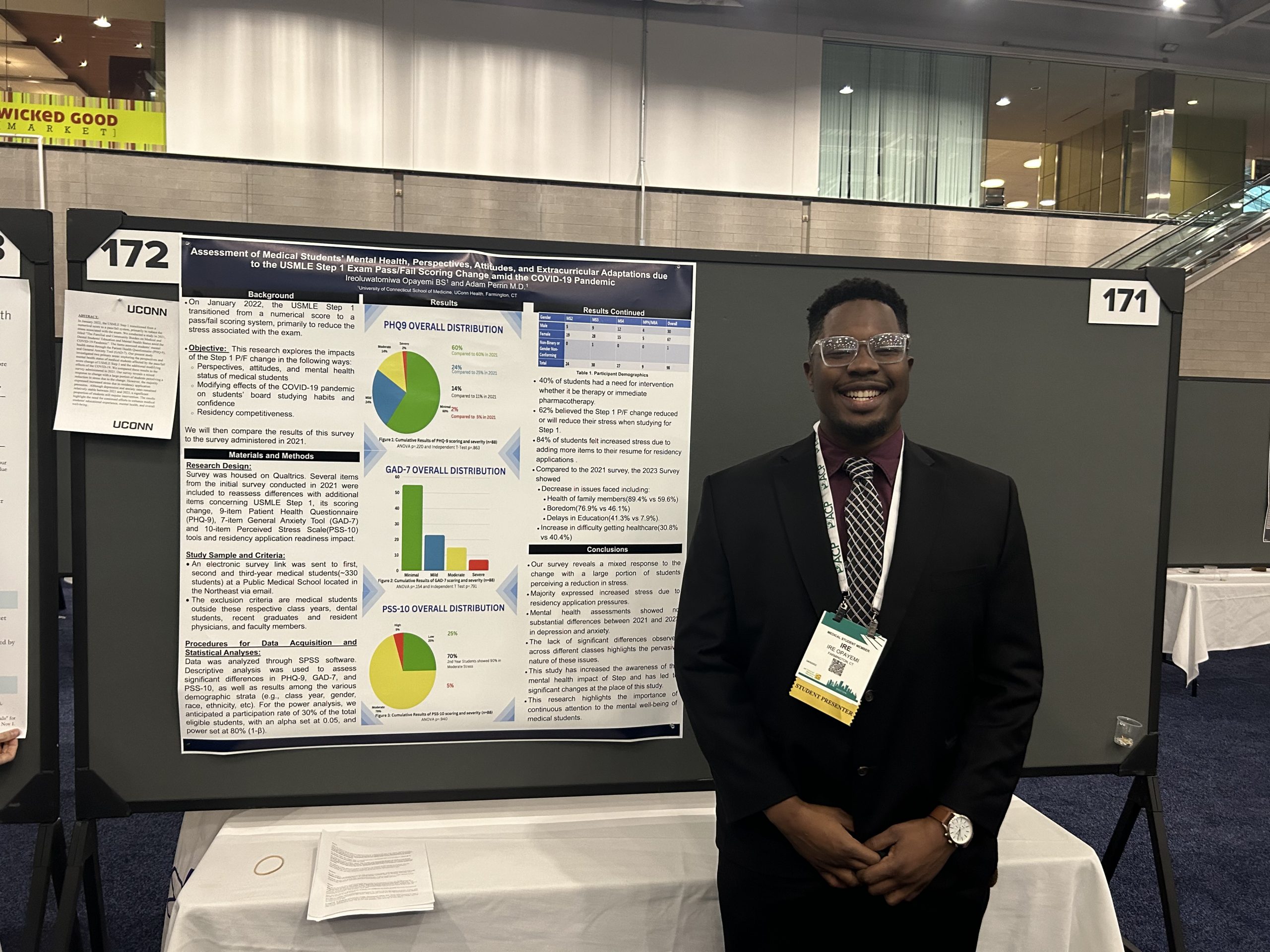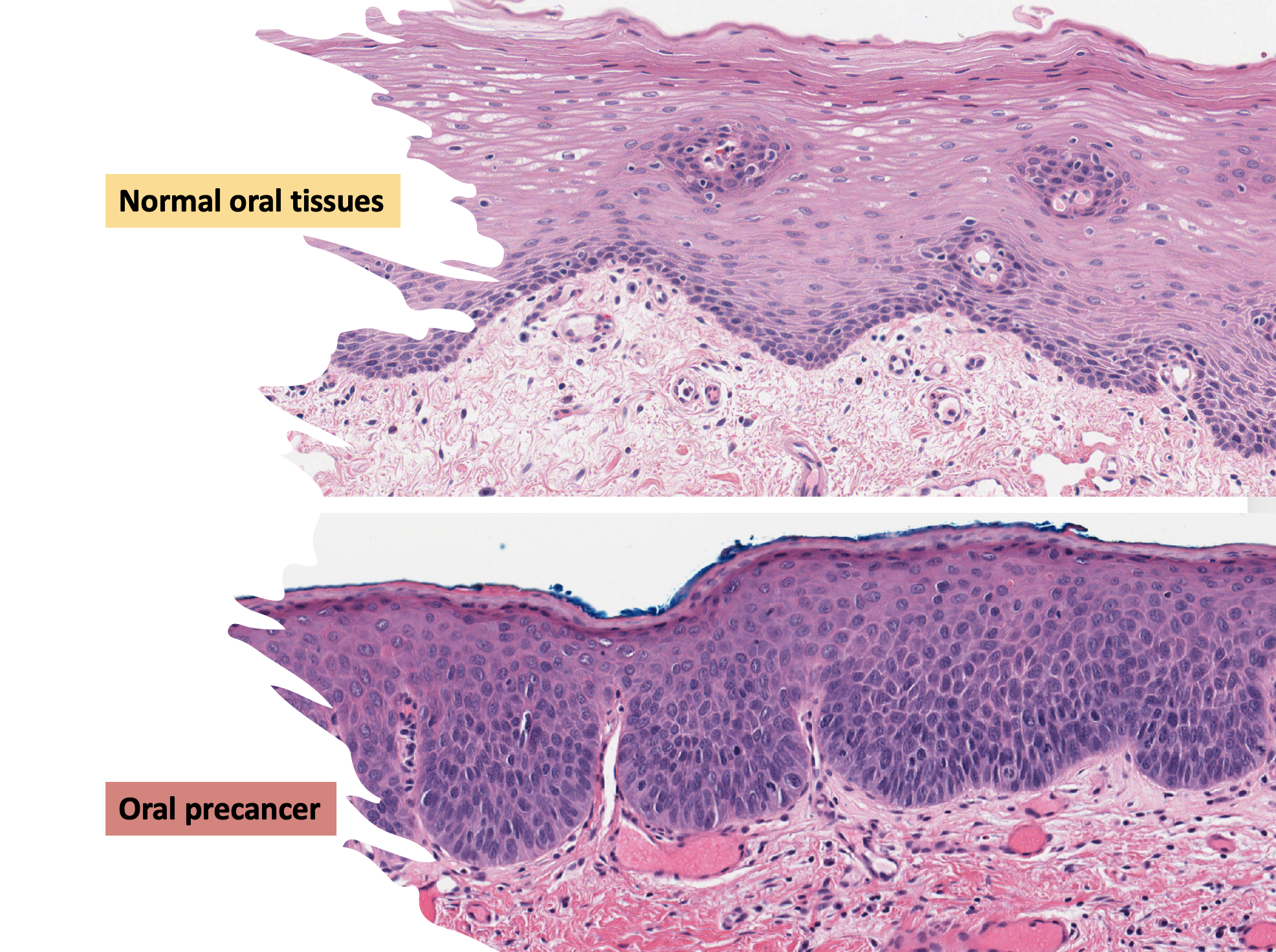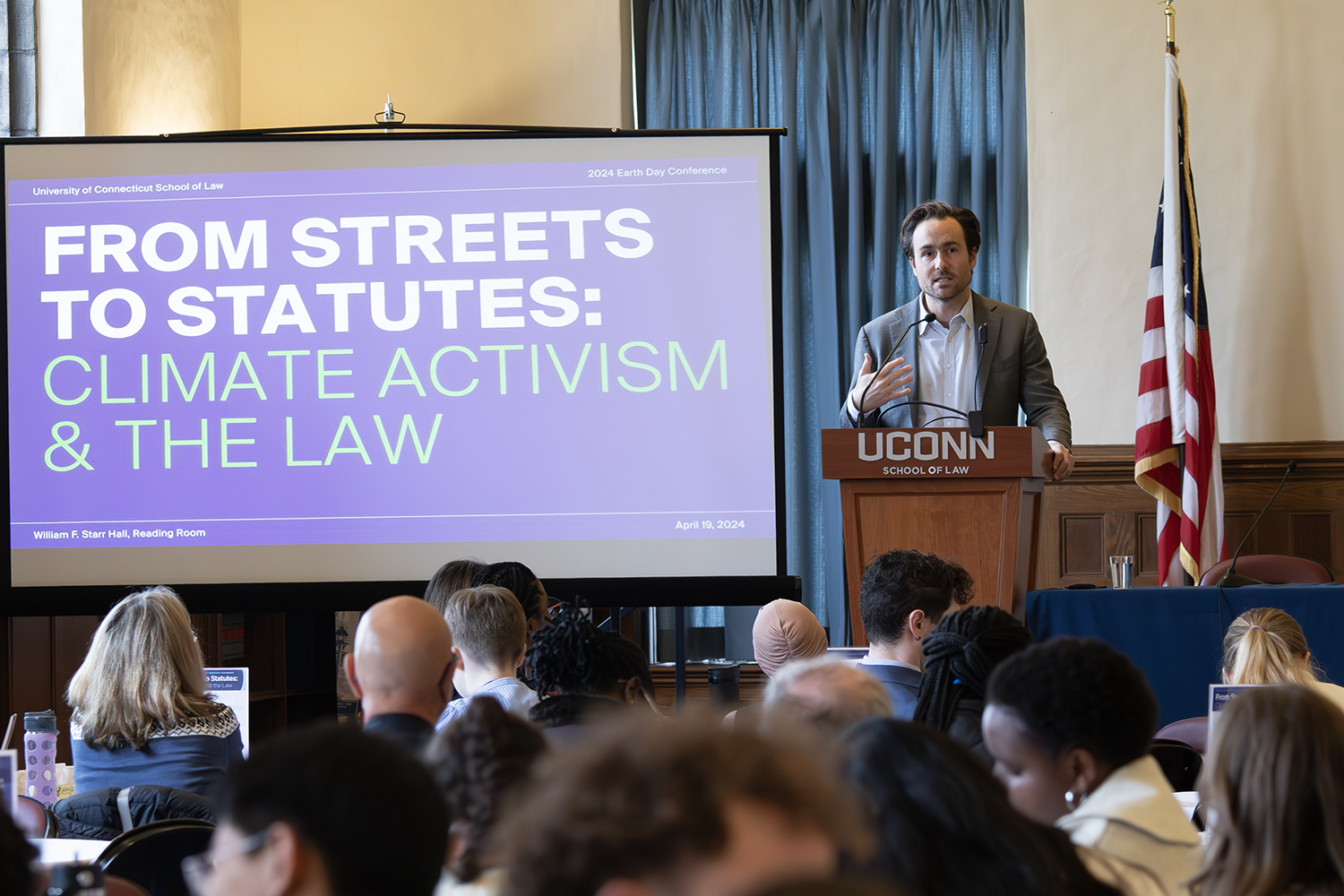Contrary to data published by the Centers for Disease Control, ventilator-associated pneumonia rates in hospital intensive care units have not declined significantly since 2005, according to a new study out of the UConn School of Medicine.
The study, published in the Journal of the American Medical Association (JAMA), found that about 10 percent of critically ill patients placed on a ventilator develop ventilator-associated pneumonia (VAP). The finding is based on reviews of charts from hospitals across the country from 2005-2013.
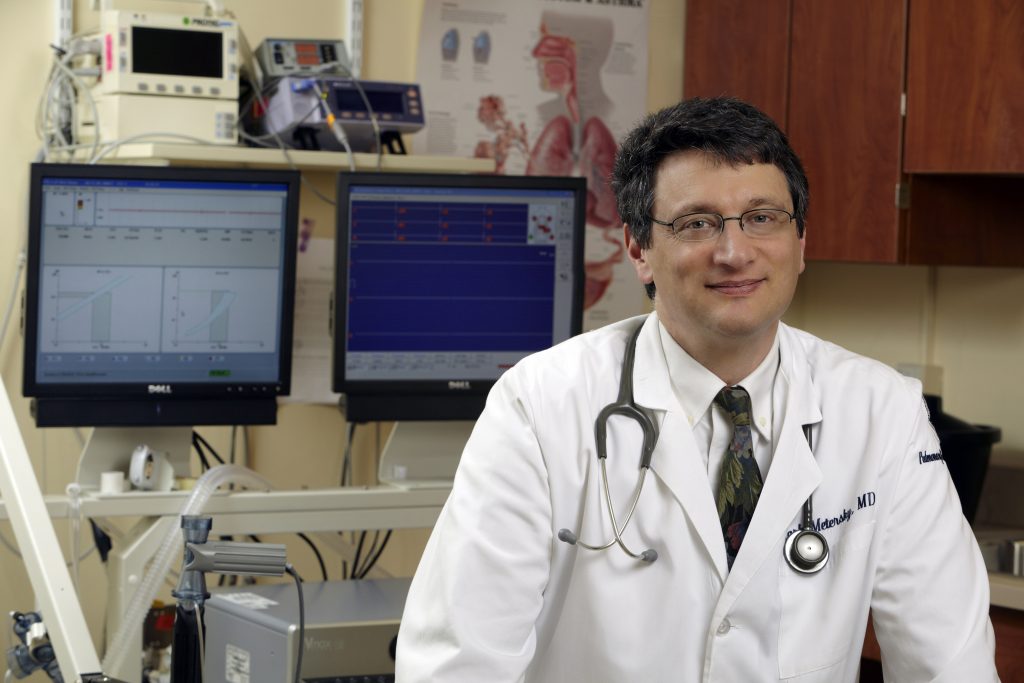
“VAP is not going away; it still affects approximately one in 10 ventilated patients,” said the study’s lead author Dr. Mark L. Metersky of UConn Health’s Division of Pulmonary and Critical Care Medicine. “Our findings are in stark contrast to the CDC’s report of a marked decline in VAP rates that had some believing it may no longer be an important problem.”
Researchers reviewed data compiled by the Medicare Patient Safety Monitoring System from a representative sampling of 1,856 critically ill Medicare patients, ages 65 and older, who needed two or more days of mechanical ventilation.
While the VAP rates were stable throughout that time, the rates did not correlate with the CDC’s National Healthcare Safety Network reported rates which suggest declining rates between 2006 and 2012 in both medical and surgical ICUs. The rate of VAP is one of the metrics for patient safety and healthcare delivery quality that many hospitals are scored on nationally.
VAP is not going away … Our findings are in stark contrast to the CDC’s report of a marked decline in VAP rates that had some believing it may no longer be an important problem. — Dr. Mark L. Metersky
Patients in need of mechanical ventilation are often the most critically ill in a medical or surgical ICU hospital setting. Research has shown that up to 15 percent of patients who get it may die from VAP.
The study authors examined the prevalence of VAP in patients on a ventilator following a heart attack, heart failure, pneumonia, or major surgery. These types of patients are at higher risk for developing pneumonia, a bacterial infection, due to the need for a tube extending down their throat and into their lungs to help them breathe.
“We have not beat this,” said Metersky. “Current hospital interventions that are used in an attempt to prevent VAP are not working. VAP is still a significant issue, and needs more examination into how we survey its occurrence and report it, along with more research into how best to prevent this type of pneumonia in vulnerable patient populations.”
The potential impact of higher-than-expected VAP rates may be leading patients to experience complications or death from their lung infection; spend more time on a ventilator or in the ICU, slowing recovery, increasing use of antibiotics leading to potential resistance; and also increase healthcare costs due to longer hospital stays.
Metersky collaborated on the study with colleagues at Qualidigm, Harvard Medical School, and Harvard School of Public Health. It was supported by the Agency for Healthcare Research and Quality of the U.S. Department of Health and Human Services.
